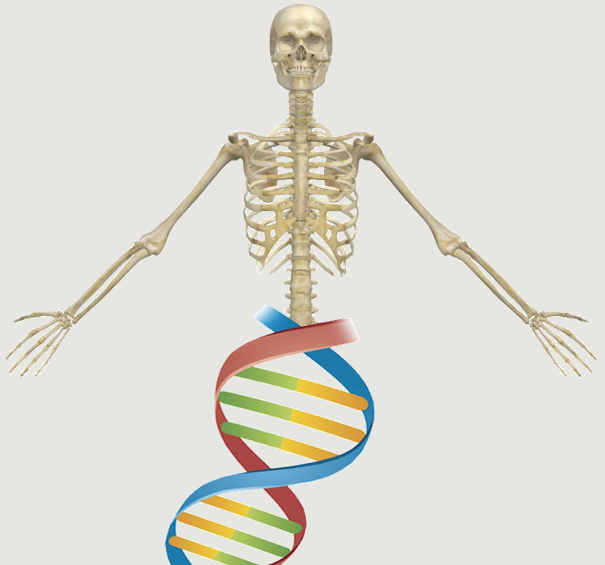Abstract:
The osteochondral potential and emergence of osteogenic cell-surface molecules by avian marrow cells was evaluated in in vivo diffusion chamber cultures. The chambers were inoculated with unselected marrow cells from young chick tibiae and implanted intraperitoneally into athymic mice. At the light microscopic level, morphologic evidence of de novo bone and cartilage formation, including specific immunostaining by antibody probes, was observed in 14 out of 16 chambers incubated for 20 days or longer. In order to monitor the osteogenic differentiation of the marrow-derived cells, indirect immunofluorescence was performed with monoclonal antibodies against stage-specific cell surface antigens on cells of the embryonic osteogenic lineage. The binding of these and other specific monoclonal antibodies in the developing tissue indicates that the cell surface and extracellular matrix molecules expressed by descendants of marrow-derived mesenchymal progenitor cells are indistinguishable from their in vivo counterparts found in embryonic skeletal structures. Furthermore, the experiments reported here describe the first molecular identification of osteogenic cells by probes which are selective for stage-specific surface antigens on cells of the osteogenic lineage. Importantly, bone formation by these marrow-derived cells appears to occur through a lineage progression which is similar to that observed for embryonic tibial osteoblasts. In summary, these data support the use of diffusion chambers inoculated with avian marrow to study aspects of osteogenic and chondrogenic differentiation.
Notes:
Bruder, S P Gazit, D Passi-Even, L Bab, I Caplan, A I eng GMO-7250-13/GM/NIGMS NIH HHS/ Research Support, Non-U.S. Gov't Research Support, U.S. Gov't, P.H.S. Ireland 1990/11/01 Bone Miner. 1990 Nov;11(2):141-51.
Website

